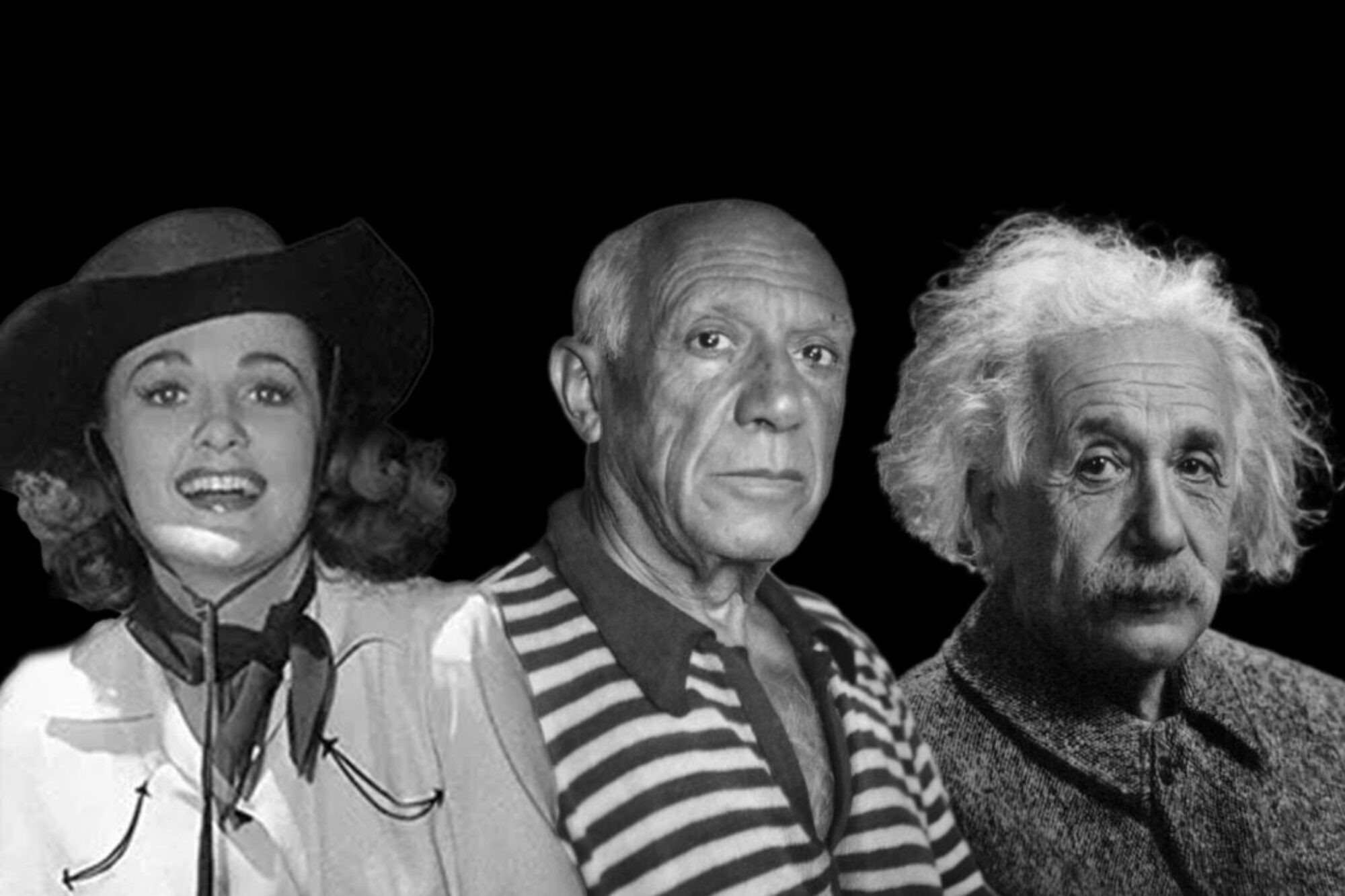
What if Albert Einstein, Pablo Picasso and Mary Lou Cook were all circular economy pioneers?
Let’s start with a few quotes…
« Creativity is seeing what others see and thinking what no one else ever thought. » – Albert Einstein.
“Art is the elimination of the unnecessary.” – Pablo Picasso.
“Creativity is inventing, experimenting, growing, taking risks, breaking rules, making mistakes, and having fun.” – Mary Lou Cook
Either you are believer in art and/or science, Einstein, Picasso and Cook were all creativity geniuses. This characteristic was their single common point to drive innovation and change over the years. Thus, we should question ourselves about embracing this value as a virtue.
Many of the suggested initiatives regarding sustainability have been enforced without considering much people’s willingness to adopt these new practices. As a result, we are in a paradoxical situation where 73% of global consumers willing to pay more for sustainable products, but very few are finding the proposed solutions convenient. And many convenient solutions are seen as too expensive to be used by the most.
Circular economy, through a large range of business models (second hand, reconditioning, upcycling, recycling), offers an incentivized model where everyone can be an actor of the transition at all levels (public authorities, companies, and individuals). Being able to put used products back into the economy requires wearing a different pair of eyes where there is a residual value out of what most see as a waste, which links back to Einstein’s view about creativity.
That’s why, regarding the contest between ‘end of the month’ vs ‘end of the world’, I am fully aligned with the circular economist William McDonough that says in its book Cradle to Cradle: Remaking the Way We Make Things that “human beings don’t have a pollution problem, they have a design problem”. The circular economy becomes an area of creativity for a sustainable future with infinite design options to create and re-create products that can be used endlessly.

When looking at circular products, their unitary value is much higher compared to other products that follow linear patterns. This is mainly due to that fact that they can be used by more people over a longer period of time and even be revalorized at the end of life. Therefore, companies should consider metrics like Total Cost of Ownership (TCO) and Life Cycle Cost (LCC) instead of the number of unit sales as performance criteria, which encourages creativity supporting aftersales services and business efficiency.
Any product that doesn’t deliver long-term value meaning that is not robust and cannot be revalorized over multiple lives is not seen as ‘necessary’ and should be eliminated by referring to Picasso. Most products from the low cost or fast economy that don’t integrate revalorization functions as part of their design principles are thus incompatible with the circular economy era.
Beyond their optimized engineering characteristics, circular products are perceived as more attractive for customers. Indeed, as highlighted in this HBR study, it may also sound counterintuitive but upcycled products are more appealing when they’re made from products originally designed to serve entirely different functions. Art or creativity that led to the reinjection of products in the global economy brings value far beyond its primary utilization features.
New product design rules and standards have to be developed at company and industry level. This means that creativity and science need to work hand-in-hand in order to develop new customized and appealing products out of old ones while respecting sanitary, security and compliance expectations.
This requires also for marketing teams to build a new narrative based on uniqueness and create ‘Aha! Moments’ among customers. It’s about challenging status quo against usual communication, taking risk and inventing the new and the next like Mary Lou Cook would say. Marketeers are urged to converse transparently with the users to generate empathy and drive business impact. Making customer feel unique and responsible by offering alternative sustainable options will be core to strengthen brand image.
Consequently, investments in industrial capabilities, partnership ecosystems, craftmanship & know-how and digital solutions are essential to deploy such models at scale. By developing circular thinking, companies should ultimately aim to augment human skills with technology to the interest of creativity, sustainability, and even more.
All the great inventors of the like of Einstein, Picasso, and Cook have in common a passion for creativity as a driver for innovation. The circular economy, through the variety of business models and revalorization options, offers a unique playfield to build a sustainable future, unleashing the talents of each individual through creativity.


